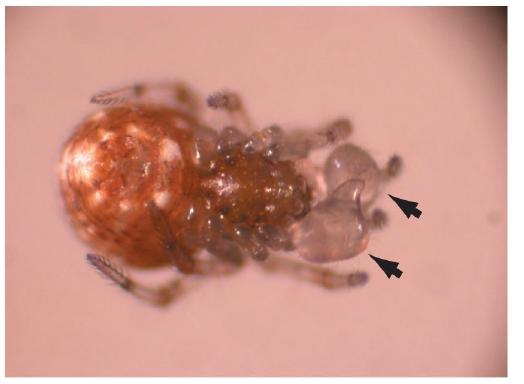The spider data in Example 3.2 consist of pairs of measurements made on the same subjects. One
Question:
The spider data in Example 3.2 consist of pairs of measurements made on the same subjects. One measurement is running speed before amputation and the second is running speed after amputation. Calculate a new variable called “change in speed,” defined as the speed of each spider after amputation minus its speed before amputation.
a. What are the units of the new variable?
b. Draw a box plot for the change in running speed. Use the method outlined in Section 3.2 to calculate the quartiles.
c. Based on your drawing in part (b), is the frequency distribution of the change in running speed symmetric or asymmetric? Explain how you decided this.
d. What is the quantity measured by the span of the box in part (b)?
e. Calculate the mean change in running speed. Is it the same as the median? Why or why not?
f. Calculate the variance of the change in running speed.
g. What fraction of observations fall within one standard deviation above and below the mean?
Data from example 3.2

Male spiders in the genus Tidarren are tiny, weighing only about 1% as much as females. They also have disproportionately large pedipalps, copulatory organs that make up about 10% of a male’s mass. (See the adjacent photo; the pedipalps are indicated by arrows.) Males load the pedipalps with sperm and then search for females to inseminate. Astonishingly, male Tidarren spiders voluntarily amputate one of their two organs, right or left, just before sexual maturity. Why do they do this? Perhaps speed is important to males searching for females, and amputation increases running performance. To test this hypothesis, Ramos et al. (2004) used video to measure the running speed of males on strands of spider silk. The data are presented in Table 3.2-1.
Step by Step Answer:

The Analysis Of Biological Data
ISBN: 9781319226237
3rd Edition
Authors: Michael C. Whitlock, Dolph Schluter





